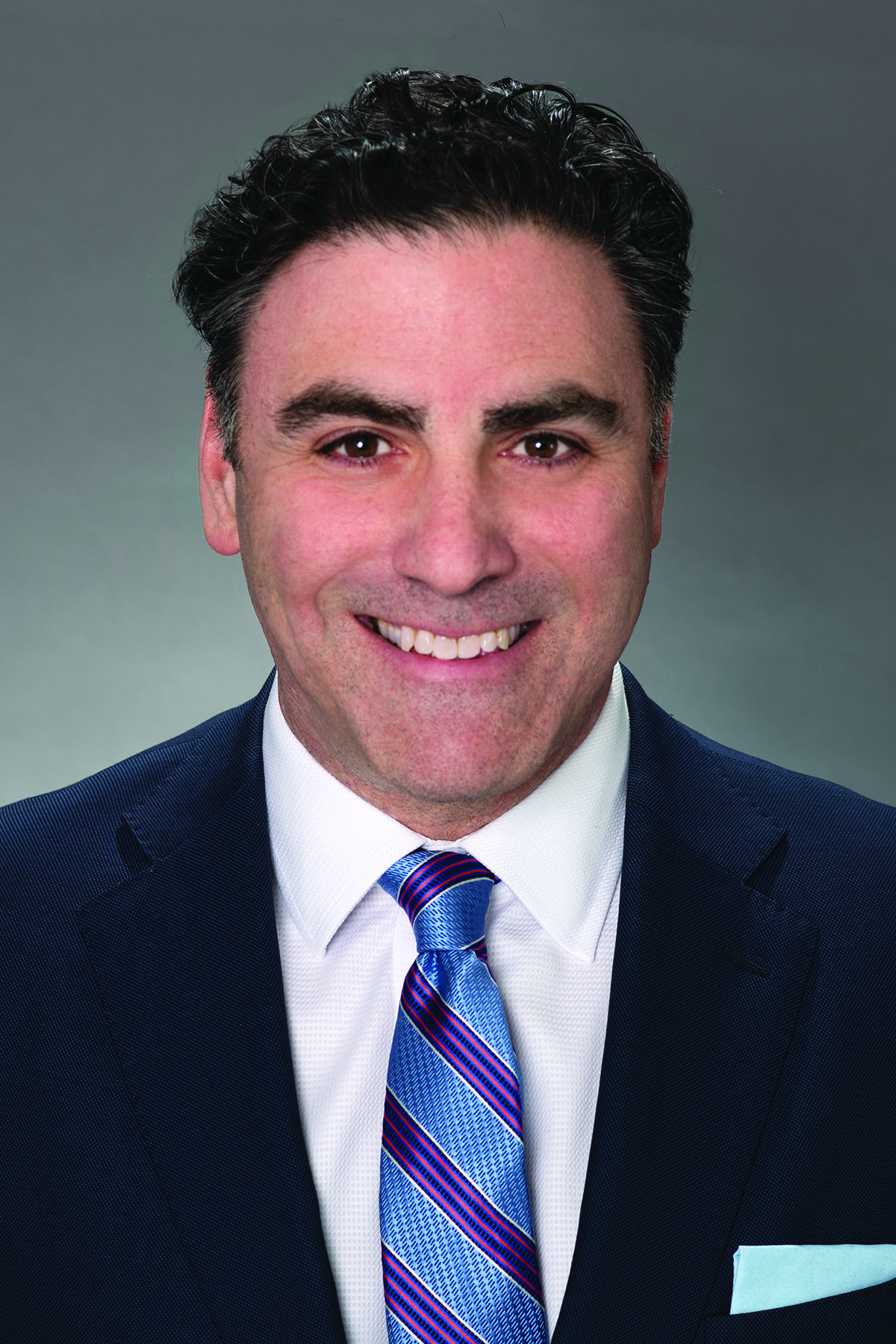Client development pros are the “dot connectors” at Goodwin
The legal industry is changing, and not just because of the pandemic. In a trend that began almost a decade ago, clients are driving their external law firms to become more business-minded and focus on the clients’ operations and industries.
Check out all the articles in the latest issue of Forum magazine.
True, clients still require legal excellence from their firms, but that has become table stakes. Now, it’s all about providing clients with innovative solutions around the business of law.
To that end, many law firms are changing almost everything about how they approach clients, nudging – sometimes not so gently – their partners to figure out what they need to be doing differently to become business advisors and provide solutions to their clients’ challenges. In many cases, law firms address these evolving client relationships by creating a new role within the firm – that of a chief relationship officer – to drive this central focus on client needs.
One firm taking that route is Goodwin, which 18 months ago named Lee Garfinkle to what he calls the longest title in the firm: Chief Client Development and Relationship Officer. Garfinkle explains that while most firms have a chief marketing officer or business development officer that typically runs those functions, along with branding and communications, these roles can be very reactive and operationally focused. By contrast, “what Goodwin decided – and it was really Mike Caplan, our Chief Operating Officer, who came up with the idea – was that we needed to create a new role to just focus on clients,” Garfinkle says, adding that his role is not sales but rather relationship development and business intelligence.
“My job is all about helping client relationships, both by helping to build those client relationships, but also by working closely with the firm’s partners to deepen relationships,” he says. “Whether it’s helping partners bring the business of law to a client relationship or developing programs that help facilitate the deepening of those relationships so our lawyers become business advisors to clients, the role will continually evolve.”
‘What else can we do for the client?’
Part of that evolution is that Garfinkle’s team has created and introduced programs that help the firm get closer to clients, working closely with the firm’s partners to underscore Goodwin’s value proposition. For example, Goodwin rolled out a client feedback program, which enables Garfinkle’s team to reach out to clients to get feedback on several fronts, such as why the firm won or lost a pitch, or how the firm performed on specific matters. “This is to allow the firm and its lawyers to understand how we did and what we could do better,” he adds. “It’s all about our team’s mantra: What else can we do to help the client?”

With that mantra in mind, Goodwin has also implemented a client relationship management program. Not to be confused with CRM software, which many firms use, this programmatic approach to client relationships enables the Client Development team to get that much closer to clients. “For us, the client relationship management program enables the senior members of my team to deepen our understanding of our clients’ businesses, and to work collectively with partners to develop stronger relationships with clients across our focused industry capabilities and geographies to ensure we’re bringing the whole firm to the client,” he explains, noting that this program “is all about helping the client and nurturing the relationship.”
Caine Moss, a Technology group partner based in Goodwin’s Silicon Valley office and member of the firm’s Executive Committee, says he has benefited from these business intelligence programs that Garfinkle’s team has created. “These programs help us understand everything from the data the firm and client have compiled to knowing who’s on the boards of companies and competitors,” Moss says. These connections are especially useful in the tech sector where clients can go from start-up to unicorn superstar incredibly quickly, and suddenly partners are going from dealing with a single founder to a massive legal team virtually overnight.
“So, when issues arise with a longtime, rapidly growing client, having a team that can engage on those issues in open and frank conversations with their in-house counterparts actually allows the CEO and me to maintain our very close relationship,” Moss explains. Another benefit is that many times, clients aren’t fully aware of all the legal service options that Goodwin can offer until the client development team discusses these opportunities. “Just by having the team get on the phone with a client and ask, ‘What do you need?’ is a huge benefit,” he says. “It’s really helpful for me. While we would love to be able to do that for all of our clients, it’s difficult with time and practice constraints to do it with each of the hundreds of companies we represent. But our Client Development team can, and it helps the firm unlock opportunities to really help our clients and advance their needs.”
Connecting the dots
Beyond creating and administering these relationship development and business intelligence programs, Garfinkle’s role also includes marketing and business development technology because technology is such an important component of those initiatives. His team works closely with the firm’s Knowledge Management team and “thinks of creative ways to utilize data and technology to increase the amount of business intelligence the firm can leverage,” Garfinkle says. “Most law firms have so much great data, but collecting it and using it in a way to support and build relationships or help the client is sometimes a challenge.”

Goodwin’s competitive intelligence group also reports to Garfinkle, allowing him to further utilize business intelligence to help the firm better understand the clients’ businesses. Indeed, intelligence often underscores so much of what the client development team does, he says, that “at the end of the day, if we’re looking to enhance our relationships, making sure that we, as a firm, are collecting information and utilizing it in the best possible way” is essential.
As Goodwin continues to expand how it gathers and leverages its intelligence data to better serve its clients, Garfinkle still sees his team’s role focused on a singular mission. “We are the dot connectors – both internally and externally,” he says. “And it’s not just about making sure we’re connecting people inside, but it’s also making sure that we’re providing the intelligence so that partners can make connections outside in a way that facilitates the relationship.”
Becoming business advisors and “solutions providers”
According to Moss, lawyers at Goodwin leverage the valuable client information supplied by the client development and market intelligence teams to better gauge the future needs of their clients. Ensuring the services they provide are tied to their clients’ strategy is key, but so is a cadence of regular client engagement. “We attend client board meetings, have quarterly check-ins with CEOs and make ourselves available via text,” Moss says. “If our clients see us regularly in settings where we are not there to complete a transaction for them – or charging for our time – they are apt to confide in us and use us as a sounding board.”
Demonstrating that the firm’s lawyers are active players inside their clients’ ecosystems is also critical. “For our early stage clients seeking to get venture funding, we know the VC market and who is funding at any given moment, so we leverage our relationships to help those clients,” Moss explains. “By understanding what these clients care most about, we are able to bring more than legal solutions, we are able to become business advisors and true solutions providers to our clients at every stage.”






